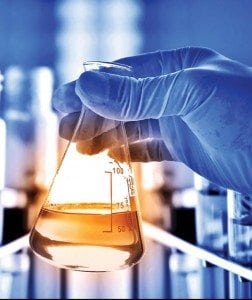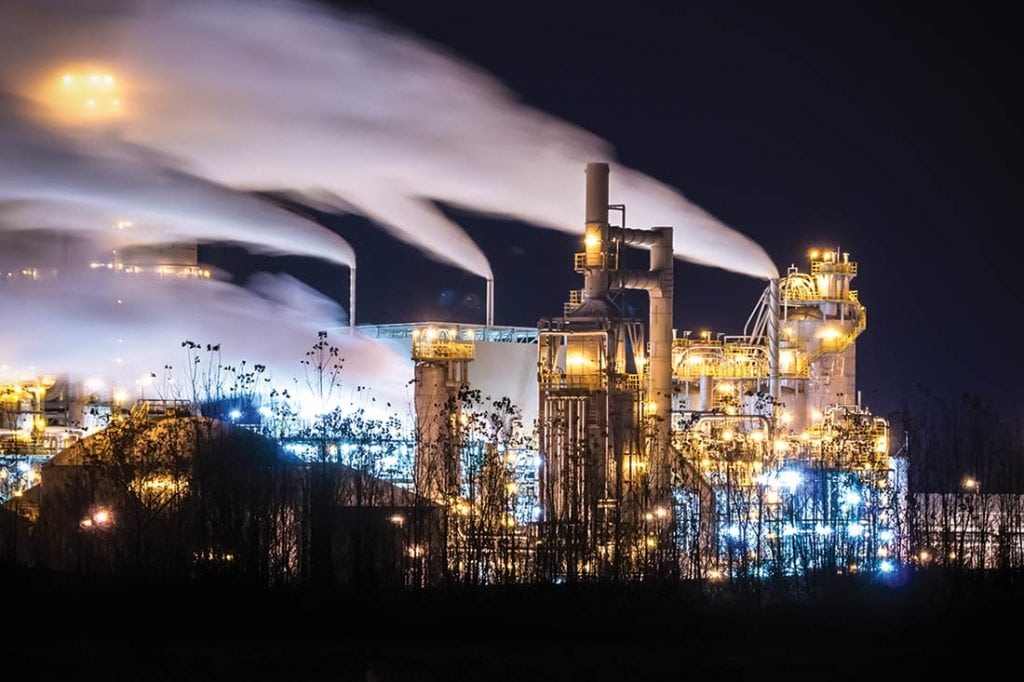Fuel conditioners, additives and stabilizers
Let’s get a few basic facts down before we open up the fuel fill and dump some mystic conditioning brew into our tanks. Oil, the result of the detritus of once-living organisms, spent millions of years “cooking” under intense pressure beneath both land and sea. Fast-forward a few thousand millennia to when the first oil well finally popped the cork.
It’s a dirty business getting the raw product refined and to market its many forms to run the world as we know it. During the refining process at those expansive plants with their cloud-spewing towers—seemingly miles of above-ground pipes, and fields of storage tanks—the crude oil is processed into the lifeblood of just about everything we use in our everyday lives. And, among all the other products that come out of the spigot, there is the stuff that we are most concerned with here: gasoline and diesel fuel.
The “problem,” and the reason you might want to use a fuel additive or conditioner, begins with the refining process. “Because the refiners are trying to get as much out of a barrel of crude as they can, today’s aggressive process of splitting open the molecules, using catalysts and high temperatures is far different from the distilling methods of years ago, and can create more instability in the afterproducts,” says Barry Sprague, chemist and consultant.

But wait, there’s more! Moving downstream from the refining process is a host of ills waiting to be visited upon our precious gasoline and diesel. For example, the government-mandated fuel for those of you who use gasoline in your engines contains oxygenated additives, offshoots of methyl and ethyl alcohol. Add some heat and moisture to the sometimes lengthy storage time the gasoline sits around—from refinery tanks to tanker trucks to your marina tanks—and you are likely to not only get less efficient fuel but a bit on the dirty side as well. “With those who run gasoline engines, you might want to consider a treatment with every oil change,” advises Sprague. “You really want to help control that moisture as the alcohol can separate out with only the minimal amount of water.”
The problem for diesel fuel oil with the same issues associated with gasoline storage is the combination of low sulfur levels with the product’s affinity for water, sludge and bio-growth (bacteria and fungi). “What we want to do here is even out the playing field for performance, how the fuel is handled once it gets to the end user in regards to its stability, and try to control any contaminants,” Sprague adds.
So here’s where our additives, stabilizers, treatments, and conditioners come into play. The first thing you want to do is keep a careful watch on your primary and secondary fuel filters. Drain your Racors or similar systems should any sign of water be present. If you have to change the elements a bit more often, or if you begin to notice a drop in rpm levels, you more than likely have a fair amount of gunk in your tanks that gets roiled up as you use your boat and clogs the free flow of fuel to the engine(s). “With severe problems in this area, such as obvious plugging, it’s best to take some time out and have those fuel tanks professionally cleaned,” Sprague suggests.
For diesel users, the filter problem can be a direct result of using a biocide additive. As the juice begins to do its work and kill the “bugs” at the water/oil interface, which is where the organisms live, the accumulated buildup of dead bodies adds to the already sludgy bottom layer of the fuel tank resulting in a Stephen King-like, non-combustible mass that gets sucked up into the fuel system. “If you think you might have something growing, you should use a biocide treatment,” said Sprague, “but be aware of the consequences.”
Fuel stabilizers do their work by scavenging and removing oxygen that gets into the fuel by several means, including the motion and agitation as the boat moves through the water. “Even trace amounts of oxygen present in the fuel can cause problems,” warns Sprague. To simplify the chemistry, the additive can help repair the hydrocarbon chain that was “damaged” at the refinery and/or chemically remove most of the trace oxygen making it more stable and more efficient. It also works to emulsify or blend any water droplets present in the fuel oil thus helping to impede the growth of bacteria. Other positive results include the breakdown of particulate matter that can be safely filtered out, and the shattering of larger contaminants that can be burned off during combustion.
Before using any fuel additive make sure to check with your engine manufacturer as adding any of these products to your tanks can void the warranty. In addition, many OEMs recommend a specific product line for use with their power plants and fuel systems. And as with any product such as additives, always follow the directions on the container. Should you have any questions, contact the manufacturer.
With today’s highly advanced engines—and because of the aggressive refinery processes that result in a more unstable end product—using a fuel treatment can help you get the best possible grade of gasoline or diesel fuel into your system and have you run more efficiently.
— By Ken Kreisler, Southern Boating Magazine March 2016













